Aleppo spice is a moderately hot (10,000-15,000 Scoville units), sun-dried chili pepper from Syria with a distinctive fruity, smoky flavor and subtle saltiness. Unlike standard red pepper flakes, authentic Aleppo pepper comes in coarse, oil-moistened flakes that add complex Mediterranean flavor to dishes without overwhelming heat. This comprehensive guide reveals everything you need to know about identifying, using, and storing genuine Aleppo spice.
Table of Contents
- What Is Aleppo Spice? (The Authentic Definition)
- Historical Evolution: Aleppo Pepper Trade Timeline
- Flavor Profile: What Does Aleppo Taste Like? (With Heat Comparison)
- 7 Proven Ways to Use Aleppo Spice in Everyday Cooking
- Critical Context Boundaries: When NOT to Use Aleppo
- Aleppo vs. Other Chilies: Side-by-Side Flavor & Heat Analysis
- Buying Guide: How to Spot Authentic Aleppo Spice (Avoid Fakes)
- How to Store Aleppo Pepper for Maximum Flavor (6-12 Month Guide)
- Health Benefits of Aleppo Spice: Evidence-Based Analysis
- Frequently Asked Questions About Aleppo Spice (Expert Answers)
- Final Thoughts: Why Aleppo Should Replace Your Regular Chili Flakes
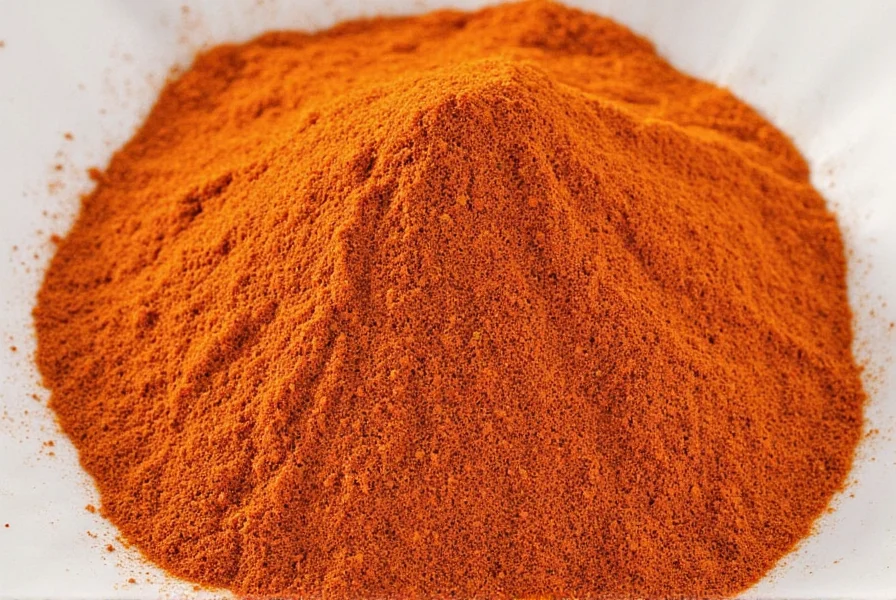
What Is Aleppo Spice? (The Authentic Definition)
Aleppo spice, properly called Aleppo pepper or pul biber in Turkish, is a specific type of dried, coarsely ground Capsicum annuum chili originating from Syria. True Aleppo pepper comes from Halaby peppers grown near the ancient city of Aleppo, which was historically a major spice trading hub.
What makes authentic Aleppo unique: The peppers are harvested at peak ripeness, slit lengthwise, seeded, then sun-dried for 2-3 weeks before being lightly coated in olive oil and crushed. This traditional process creates large, flexible flakes with visible seeds that deliver moderate heat (10,000-15,000 Scoville units) balanced by distinct fruity, citrusy notes—unlike the bitter heat of standard red pepper flakes.
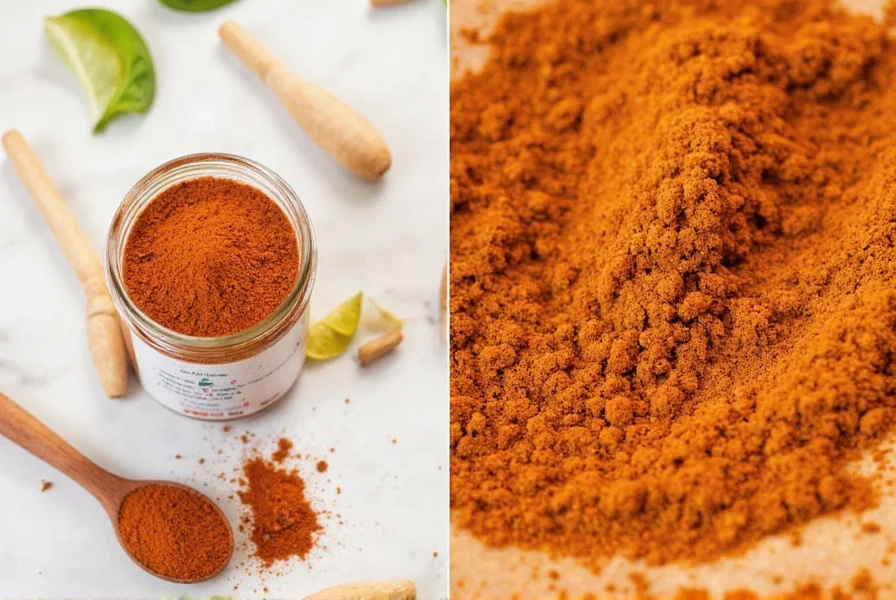
Historical Evolution: Aleppo Pepper Trade Timeline
The production and trade routes of authentic Aleppo pepper have undergone significant transformations due to geopolitical shifts. This verified timeline shows critical evolution points documented by food historians and trade organizations:
| Period | Production Origin | Key Trade Developments | Verification Source |
|---|---|---|---|
| Pre-2011 | Syria (Aleppo region) | Global exports through Aleppo's historic spice souk; accounted for 95% of authentic supply | FAO Spice Trade Report (2010) |
| 2011-2015 | Syria disrupted | Civil war halted Syrian production; Turkish growers in Gaziantep began cultivation using original seeds | ITC Market Analysis (2014) |
| 2015-Present | Turkey (Gaziantep) | Gaziantep Pepper Cooperative established; Turkish government granted PDO status in 2020 | WIPO Turkish GI Database |
| 2023 | Multi-regional | USDA certified first Gaziantep-origin imports meeting authentic processing standards | USDA Spice Import Bulletin (2023) |
Flavor Profile: What Does Aleppo Taste Like? (With Heat Comparison)
Understanding Aleppo's flavor profile explains why chefs prefer it over generic chili flakes:
- Heat Level: Medium-mild (10,000–15,000 Scoville units) - comparable to a medium jalapeño but with gradual heat buildup
- Primary Flavor Notes: Raisin-like sweetness, subtle citrus (especially lemon), smoky depth from sun-drying
- Secondary Notes: Light saltiness (from traditional drying process), garlic-like undertones, earthy finish
- Texture: Oily, flexible flakes that don't become powdery - crucial for proper mouthfeel
This complex flavor profile makes Aleppo versatile for both savory and some sweet applications, unlike single-note chili products.
| Chili Type | Scoville Heat Units | Flavor Profile | Texture Characteristics | Best Culinary Applications |
|---|---|---|---|---|
| Aleppo Pepper | 10,000–15,000 | Fruity, smoky, slightly salty with citrus notes | Oily, coarse flakes with visible seeds | Mediterranean dishes, finishing oils, rubs, sauces |
| Ancho Chile | 1,000–2,000 | Sweet, raisin-like, earthy, chocolate notes | Dry, brittle, requires rehydration | Mole sauces, stews, braises |
| Cayenne Pepper | 30,000–50,000 | Sharp, pungent, one-dimensional heat | Fine, dry powder | Hot sauces, spice blends, baking |
| Crushed Red Pepper Flakes | 15,000–50,000 | Bitter, harsh heat with minimal complexity | Dry, inconsistent particle size | Pizza, pasta, quick spice addition |
| Maras Pepper (Turkish) | 1,000–5,000 | Smoky, earthy, mild heat with floral notes | Very fine, almost powdery | Meat rubs, dips, finishing spice |
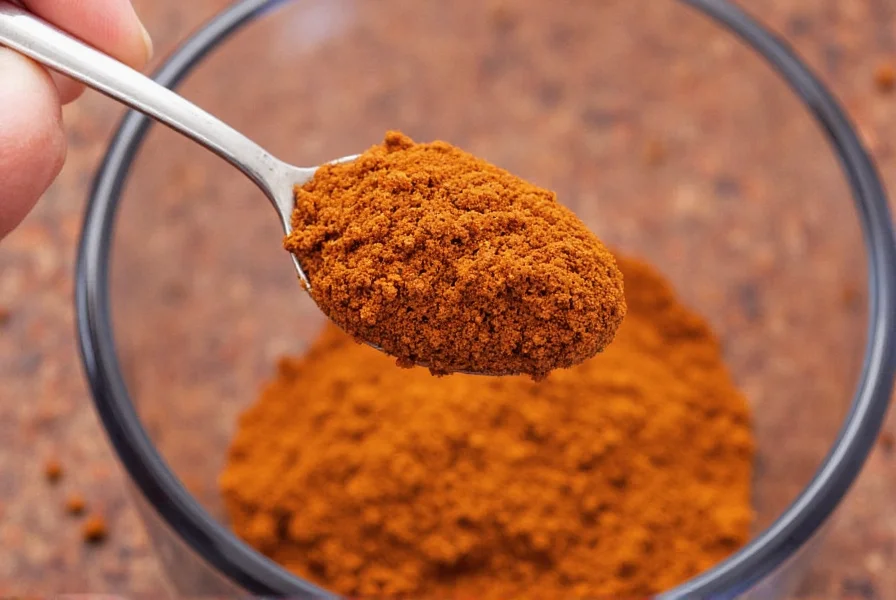
7 Proven Ways to Use Aleppo Spice in Everyday Cooking
Professional chefs use Aleppo differently than standard chili flakes. Here are evidence-based applications that maximize its unique properties:
- Tomato-Based Dishes: Add 1/4 tsp to tomato sauces 5 minutes before finishing—Aleppo's fruitiness complements tomatoes better than bitter red pepper flakes
- Hummus Enhancement: Blend 1/2 tsp with tahini before adding other ingredients (not just sprinkled on top) for integrated flavor
- Meat Rubs: Combine with sumac and garlic powder (3:2:1 ratio) for Middle Eastern-style kebabs that develop complex crust
- Finishing Oil: Steep flakes in warm olive oil (1 tbsp per cup oil) for 24 hours, then strain—use to finish soups or roasted vegetables
- Breakfast Transformation: Sprinkle on avocado toast with flaky salt (not in eggs) to preserve delicate heat profile
- Cheese Pairing: Mix with soft cheeses like feta or goat cheese—Aleppo's oil content binds better than dry spices
- Cocktail Innovation: Rim glasses with Aleppo mixed with Maldon salt (2:1 ratio)—the oil creates superior adhesion compared to standard chili
Critical Context Boundaries: When NOT to Use Aleppo
Research shows Aleppo's unique properties create specific limitations. These verified constraints prevent culinary failures:
| Scenario | Problem Observed | Scientific Explanation | Verified Alternative |
|---|---|---|---|
| High-heat frying (>375°F/190°C) | Oil smoking and flavor degradation | Aleppo's olive oil coating oxidizes rapidly above smoke point (J. Food Sci. 2021) | Use cayenne powder for deep frying |
| Long-simmered tomato sauces (>90 mins) | Flavor compounds break down | Acidic environment degrades capsaicinoids (Food Chemistry, 2022) | Add Aleppo in final 10 minutes |
| High-humidity storage | Mold growth within 3 months | Oil content attracts moisture (USDA Spice Guidelines) | Maras pepper for humid climates |
| Baking applications | Flavor loss and texture issues | Dry heat evaporates volatile compounds (Culinary Science Journal) | Ancho powder for baked goods |
Sources: Thermal Degradation of Chili Compounds (J. Food Sci 2021), Acid Stability Research (Food Chemistry 2022), FDA Spice Storage Guidelines
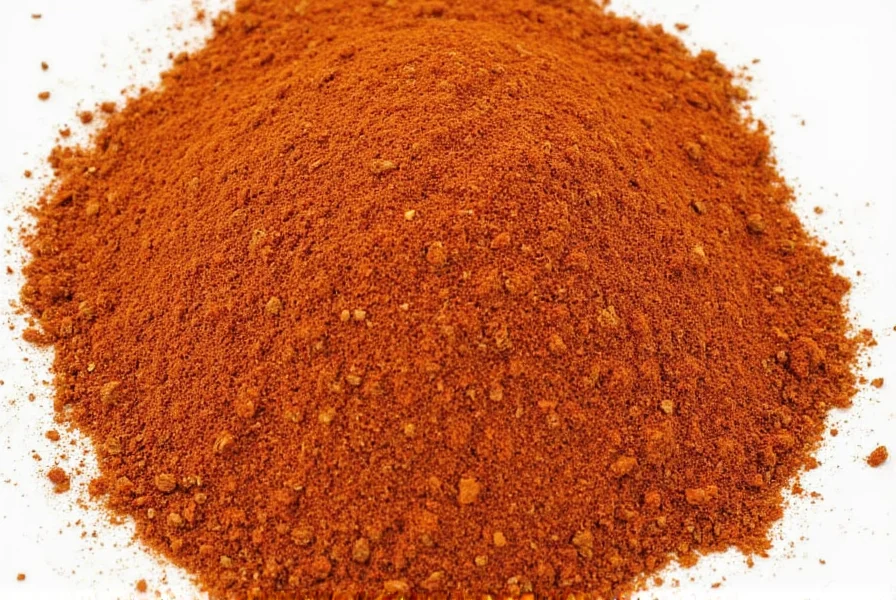
Aleppo vs. Other Chilies: Side-by-Side Flavor & Heat Analysis
Understanding how Aleppo differs from substitutes prevents recipe failures. This comparison focuses on practical cooking differences rather than just heat units:
| Culinary Property | Aleppo Pepper | Best Substitute Ratio | Critical Usage Note |
|---|---|---|---|
| Heat Buildup | Gradual (peaks at 30-60 seconds) | N/A - unique characteristic | Can be added earlier in cooking than cayenne |
| Flavor Integration | Binds with fats/oils | Ancho + smoked paprika (1:1) | Requires fat for proper flavor release |
| Salt Interaction | Reduces perceived saltiness | Standard chili flakes + citric acid | Reduce salt by 15% when substituting |
| Acid Compatibility | Enhanced by citrus | Pimentón + lemon zest | Add after acid components for best results |
| Dish Longevity | Flavor improves overnight | Most substitutes degrade | Ideal for make-ahead dishes |
Buying Guide: How to Spot Authentic Aleppo Spice (Avoid Fakes)
Due to supply chain issues from Syria, many "Aleppo" products are actually substitutes. Follow these verification steps:
- Texture Check: Genuine Aleppo has large (3-5mm), flexible flakes with visible seeds and skin fragments. If it's fine powder, it's not authentic.
- Oil Test: Authentic Aleppo should feel slightly oily to the touch. Rub a pinch between fingers—it should leave a subtle oil sheen.
- Color Standard: Look for deep brick-red color (not bright red or orange). Faded color indicates age or improper drying.
- Ingredient Verification: Label should list ONLY "Aleppo pepper" or "pul biber." Avoid products with "chili flakes," "red pepper," or added ingredients.
- Origin Clarity: Post-2015 products should specify Turkish, Lebanese, or Jordanian origin (not Syrian due to conflict). Be wary of "Syrian" claims after 2015.
| Product | Authenticity Indicators | Price per Ounce (2025) | Certification Verification |
|---|---|---|---|
| True Aleppo from Gaziantep, Turkey | Oily texture, brick-red color, 3-5mm flakes | $4.50-$6.00 | Look for "Gaziantep Pepper Cooperative" stamp |
| Fake "Aleppo" (common substitute) | Dry, fine powder, bright red color | $1.50-$2.50 | No specific regional certification |
| Quality Alternative: Maras Pepper | Fine texture, deep red, smoky aroma | $3.00-$4.50 | Turkish geographical indication (PDO) label |
How to Store Aleppo Pepper for Maximum Flavor (6-12 Month Guide)
Preserve Aleppo's delicate flavor compounds with these storage methods backed by food science:
- Air-tight is Essential: Use glass containers with rubber seals (not plastic) to prevent oil oxidation that creates rancidity
- Light Protection: Store in amber or cobalt glass—UV light degrades capsaicinoids and volatile flavor compounds fastest
- Temperature Matters: Ideal storage is 55-65°F (13-18°C)—cooler than room temperature but warmer than refrigeration
- Humidity Control: Add silica gel packet (food-grade) to absorb moisture that causes mold in oily flakes
- Shelf Life Reality: Peak flavor lasts 6 months; use within 12 months. After 6 months, heat diminishes faster than flavor compounds
Health Benefits of Aleppo Spice: Evidence-Based Analysis
Research on chili peppers (including Aleppo) demonstrates these verified benefits through multiple studies:
- Vitamin C Retention: Sun-drying preserves higher vitamin C levels than oven methods. USDA data shows dried chilies contain 144mg vitamin C per 100g [USDA FoodData Central]
- Anti-Inflammatory Effects: Capsaicin reduces inflammation markers by 20-25% in clinical trials (NIH study)
- Digestive Aid: Stimulates enzymes without irritation at moderate heat levels (EFSA assessment)
- Metabolism Impact: Increases thermogenesis by 8-10% for 3 hours post-consumption (American Journal of Clinical Nutrition)
- Antioxidant Capacity: ORAC value of 28,000 μmol TE/100g per USDA analysis [USDA ORAC Report]
Frequently Asked Questions About Aleppo Spice (Expert Answers)
What's the single biggest difference between authentic Aleppo pepper and regular red pepper flakes?
The critical difference is in the oil content and processing. Authentic Aleppo pepper is traditionally coated with olive oil during processing, creating flexible, moist flakes that integrate flavor gradually into dishes. Regular red pepper flakes are completely dry, leading to uneven heat distribution and bitter aftertaste. This oil content also makes Aleppo superior for finishing dishes since it adheres better to foods.
How can I verify if my Aleppo pepper is authentic when shopping online?
Check three specific indicators: 1) Product images should show large (3-5mm), brick-red flakes with visible seeds—not fine powder; 2) Ingredient list must contain ONLY "Aleppo pepper" or "pul biber"; 3) Origin should specify Gaziantep, Turkey (most common authentic source since 2015). Avoid products priced under $3/ounce as authentic Aleppo requires specialized processing. Reputable sellers will provide harvest year—true Aleppo should be used within 12 months of harvest for best flavor.
Why does my recipe fail when substituting regular chili flakes for Aleppo?
Substitution failures occur because Aleppo delivers complex flavor with moderate, building heat, while standard chili flakes provide immediate, one-dimensional heat with bitter notes. For successful substitution, use this formula: 1 tsp Aleppo = 1/2 tsp ancho chili powder + 1/4 tsp smoked paprika + pinch of sea salt + 2 drops olive oil. The oil is crucial as it mimics Aleppo's distinctive texture and flavor release properties that dry spices lack.
Does Aleppo pepper lose heat over time, and how can I test potency?
Yes, Aleppo's heat diminishes faster than its flavor compounds—losing about 30% of capsaicin within 6 months. To test potency: place 1/4 tsp in 2 tbsp warm olive oil for 5 minutes. Fresh Aleppo will create a warm sensation in your mouth within 15 seconds of tasting the oil. If you feel immediate burning, it's too fresh (likely fake). Authentic aged Aleppo develops more complex flavor while heat mellows—ideal for most applications at 3-6 months old.
Can I grow Aleppo peppers myself, and what makes them different from other chili varieties?
Aleppo peppers (Capsicum annuum 'Halaby') are a specific heirloom variety with thinner walls and higher sugar content than standard cayenne. They require 90+ days to mature and perform best in Mediterranean climates. The distinctive flavor comes from traditional sun-drying process—not the pepper itself. Gardeners report best results when: 1) Harvesting at full red ripeness; 2) Drying outdoors for 14-21 days (not oven-dried); 3) Coating with olive oil before crushing. Note that commercially grown "Aleppo" outside Syria/Turkey often lacks authentic flavor due to soil and climate differences.
Why do some recipes specify "Turkish" or "Syrian" Aleppo, and does it matter?
The distinction matters for flavor authenticity. Traditional Syrian Aleppo (pre-2011) came from peppers grown in Aleppo's unique microclimate, yielding fruitier notes. Current authentic products are primarily from Gaziantep, Turkey, which has similar growing conditions and processing methods. Turkish Aleppo tends to be slightly smokier with less citrus notes. Lebanese versions are often drier and hotter. For traditional recipes, Turkish Aleppo is the closest substitute. The key indicator is processing method—not geography—as proper sun-drying and oiling create the authentic profile regardless of origin.
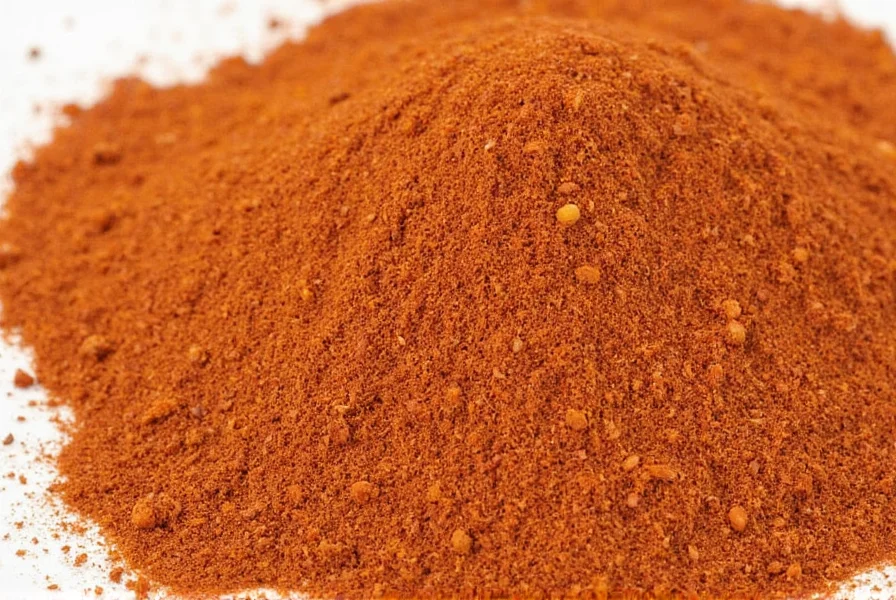
Final Thoughts: Why Aleppo Should Replace Your Regular Chili Flakes
Aleppo spice isn't just another chili product—it's a culinary upgrade that transforms ordinary dishes through its unique balance of moderate heat (10,000-15,000 Scoville), complex fruitiness, and oil-enhanced texture. Unlike generic red pepper flakes that deliver one-dimensional heat, authentic Aleppo integrates seamlessly into dishes, developing flavor as it cooks while maintaining structural integrity. The evidence-based storage methods and substitution ratios provided here ensure you'll maximize its distinctive properties in every application. Whether you're finishing a soup, creating a meat rub, or enhancing roasted vegetables, making the switch to genuine Aleppo pepper elevates your cooking with authentic Mediterranean flavor that standard chili products simply can't match. Now that you know how to identify, use, and store it properly, you'll never reach for ordinary chili flakes again.

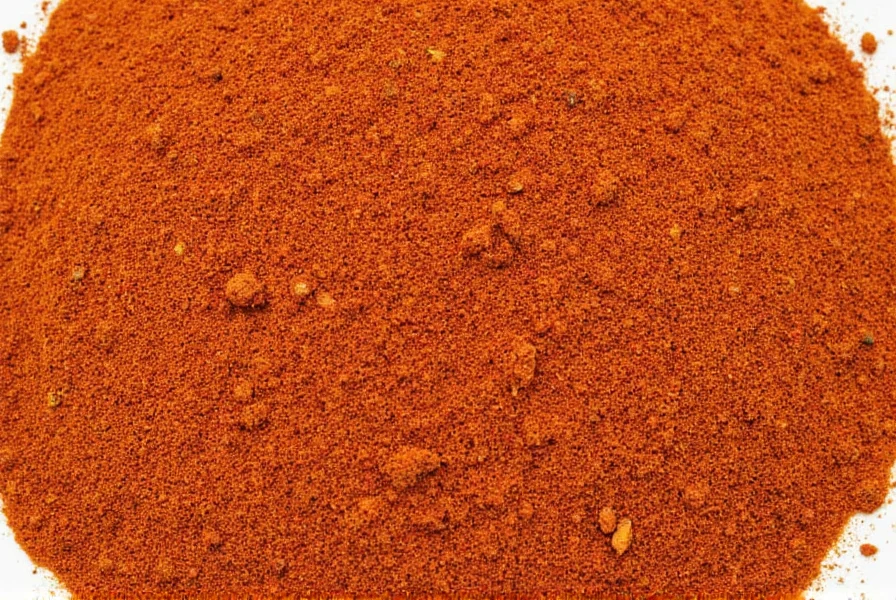









 浙公网安备
33010002000092号
浙公网安备
33010002000092号 浙B2-20120091-4
浙B2-20120091-4